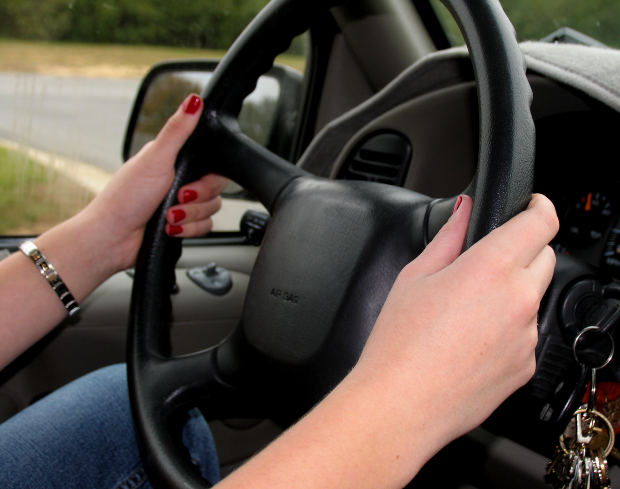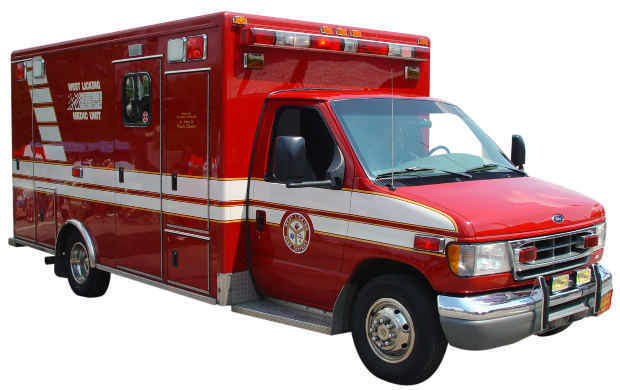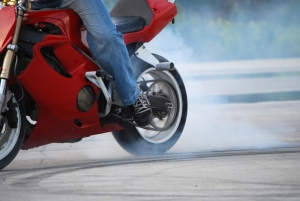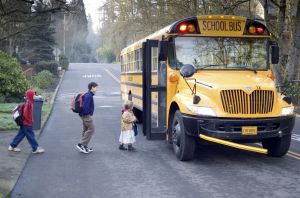Worcester police are investigating a fatal pedestrian accident that left a 67-year old man dead last Friday night.
The victim’s neighbor, Christopher Maider, found the man lying face down in the road around 9:30 p.m. Friday. Police said the victim was crossing the road when he was struck by a 63-year-old female driver. He did not cross at a crosswalk, however. The female driver did stop, and no charges have been filed since the incident.
According to Maider, the street where the incident took place is especially busy, and he said he doesn’t feel safe walking down that street.
“If I went to this crosswalk and stood there, nobody would stop, which is the motor vehicle law. You see somebody in the crosswalk, you are required to stop; that’s the law. That’ll never happen here,” Maider said.
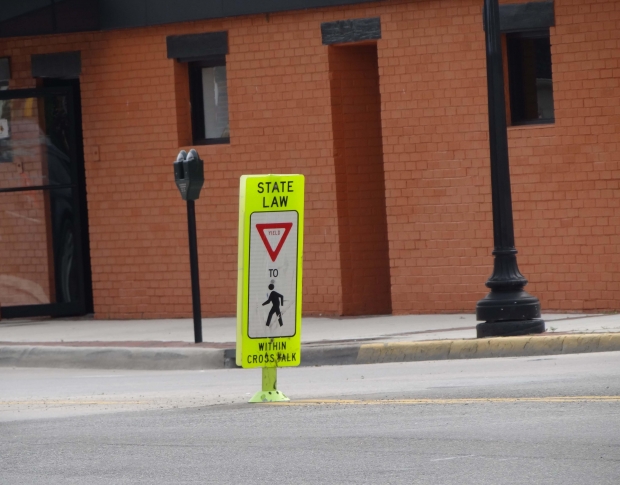 Sadly, this incident marks the third pedestrian fatality in the city of Worcester, alone, and it serves as a grave reminder to both pedestrians and drivers to be vigilant and safe on the roadways.
Sadly, this incident marks the third pedestrian fatality in the city of Worcester, alone, and it serves as a grave reminder to both pedestrians and drivers to be vigilant and safe on the roadways.
Pedestrian accidents account for more than 13% of all traffic fatalities. Pedestrians also make up 3% of all persons injured in motor vehicle accidents. The National Highway Traffic Safety Administration (NHTSA) estimates that a pedestrian is injured every eight minutes and one pedestrian dies every two hours as the result of a traffic accident in the United States.
Continue reading
 Boston Car Accident Lawyer Blog
Boston Car Accident Lawyer Blog



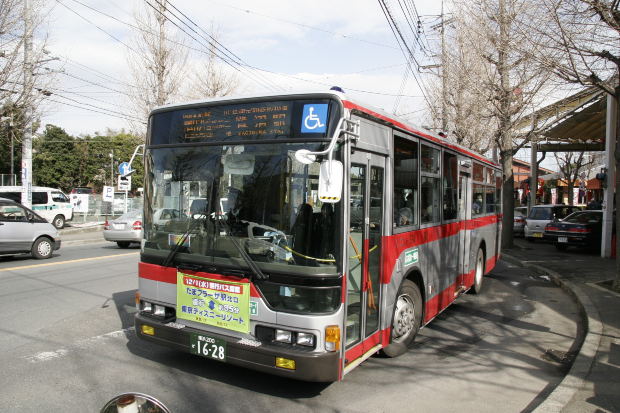 According to his employers at Worcester Regional Transit Authority, the driver, Francis Artey of Worcester, had just gone through a “rigorous” training eight-week training program before his first day of work on Monday. According to Worcester officials, Artey crashed into the home in Auburn around 5 p.m. Monday afternoon, while two other passengers were riding the bus.
According to his employers at Worcester Regional Transit Authority, the driver, Francis Artey of Worcester, had just gone through a “rigorous” training eight-week training program before his first day of work on Monday. According to Worcester officials, Artey crashed into the home in Auburn around 5 p.m. Monday afternoon, while two other passengers were riding the bus. 